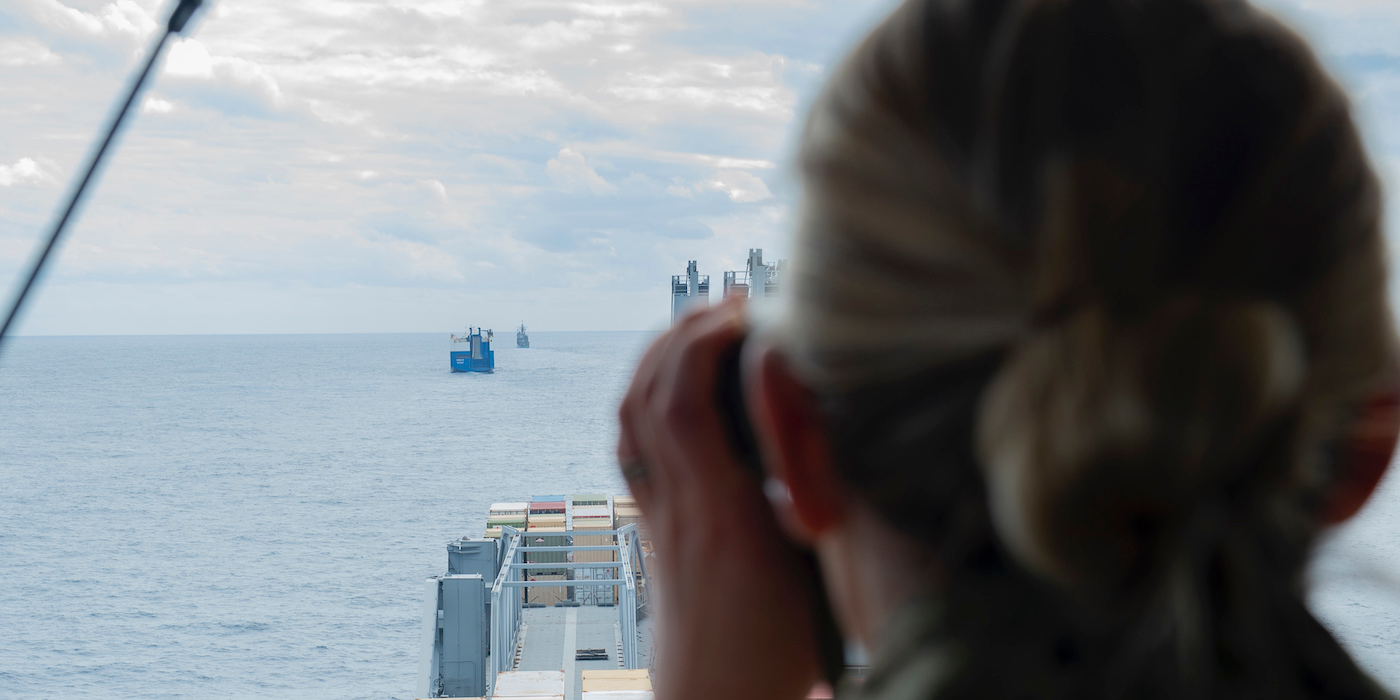- The US military is shipping 20,000 troops and their gear across the Atlantic for Defender-Europe 20, which will see the largest deployment of US-based forces to Europe since the 1990s.
- Getting those forces to Europe and then getting them around Europe will be the biggest test yet for logistical muscles that the US and NATO let wane after the Cold War.
- Visit Business Insider’s homepage for more stories.
US Military Sealift Command cargo ship USNS Benavidez and US-flagged merchant vessels MV Resolve and MV Patriot set off across the Atlantic for Europe last month, escorted by guided-missile cruiser USS Vella Gulf through a path made by the Eisenhower carrier strike group.
Crossing the Atlantic isn’t new for the Navy, but this exercise – a convoy operation simulating an opposed transit – is the first of its kind since 1986.
“We may not have been doing it for the last 35 years, but we have had … to conduct convoy operations around the planet,” Capt. Andrew Fitzpatrick, Vella Gulf’s commanding officer, told reporters last week. “So we’ve put some of those concepts and lessons learned into how we’re executing this particular operation.”
The convoy comes ahead of this spring’s Defender-Europe 20, a massive multinational exercise to which the US is shipping 20,000 troops and much of their gear – the largest deployment of US-based forces to Europe in 25 years.
Defender-Europe 20 will feature "a fictional near-peer competitor" in a future "post-Article V environment," an Army planning official said last year, referring to NATO's collective-defense provision.
Like the Navy's convoy, the Army-led Defender-Europe 20 is about practicing old skills to confront new challenges.
The right bandwidth
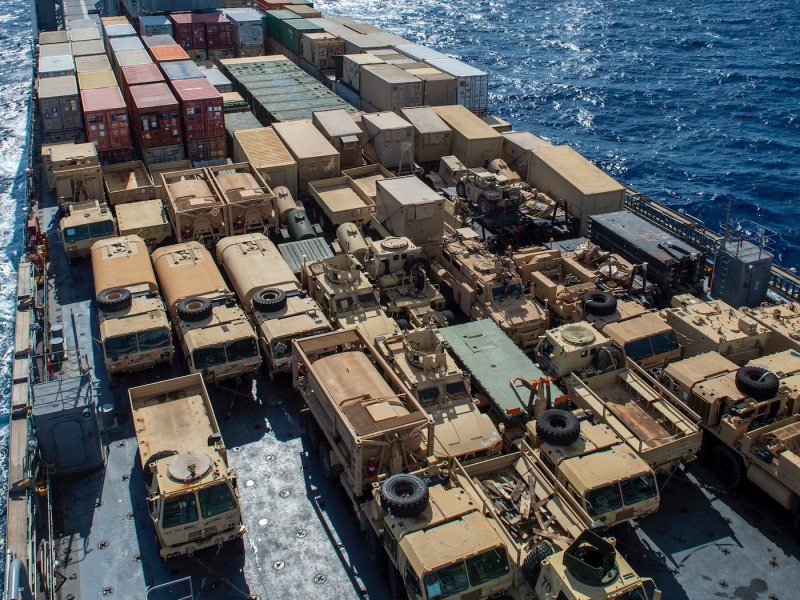
Preparations for Defender-Europe 20 began in January, when US personnel loaded vehicles and equipment for rail transport to US ports.
The first combat power arrived on February 20, when US Army tanks and other vehicles rolled into the port of Bremerhaven in Germany. Participating countries will stage equipment at 14 air and seaports in eight European countries as the exercise gets underway.
Another 13,000 pieces of equipment will be drawn from Army Prepositioned Stocks in northwest Europe and deployed across 18 countries for training - ground convoys will cover some 2,500 miles to stage the exercise.
Defender-Europe 20 will end with US and partner forces cleaning training areas, returning equipment to those stocks, and for US troops, redeployment to the US.
Like crossing the Atlantic, getting around Europe isn't new, but doing so now will test skills that haven't been used much in the years after the Cold War, when the US presence in Europe dwindled and NATO's ability to rapidly deploy atrophied.
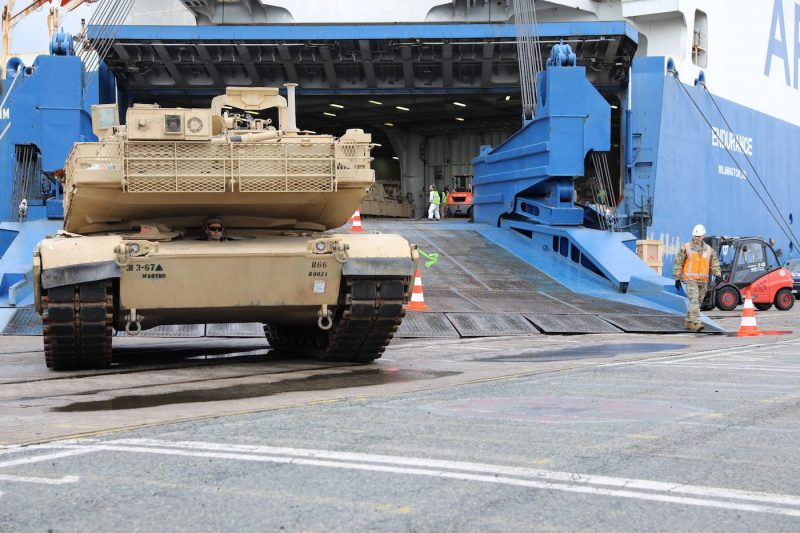
"I'm concerned about the bandwidth to be able to accept this large force," Air Force Gen. Tod Wolters, head of US European Command, told the Senate Armed Services Committee on February 25, when asked what challenges he expects the exercise to present.
"I'm also concerned about road and rail from the center portion of Germany ... all the way to the eastern border," Wolters said.
"Because we have the appropriate resources, we now possess a white-team capability to examine our speed of move from west to east, and we also have enough white-cell individuals to assess how safely we get stuff through Bremerhaven and to the next point," Wolters added. "Bandwidth with respect to size and speed are my greatest concerns."
This exercise "will allow us to see ourselves at all three levels - tactical, operational, strategic," Gen. Gus Perna, head of US Army Material Command, which oversees installations, maintenance, and parts, told reporters in February.
"It will reinforce where we think we are tactically as far as material readiness," Perna added. "Can we mobilize ourselves out of the barracks and the motor pools, move to the ports and the airfields, and then strategically project ourselves to some place across the ocean?"
Counting every second
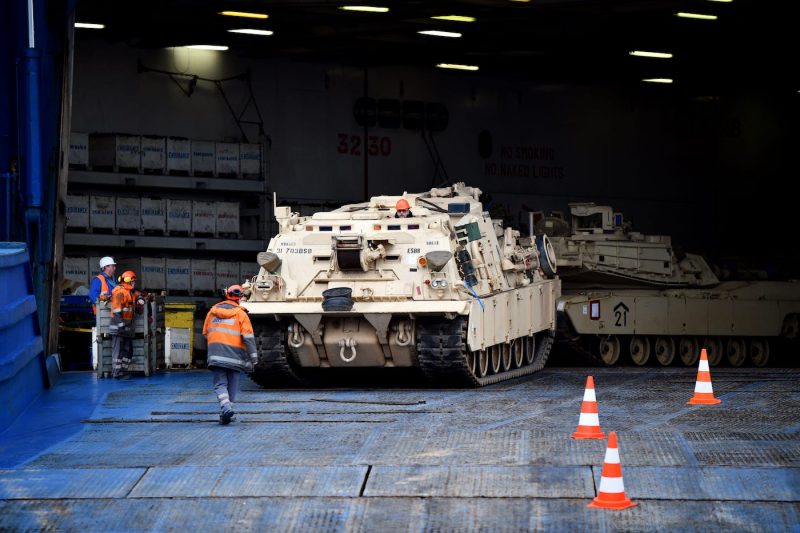
Since Russia's 2014 intervention in Ukraine, the US military has boosted its presence in Europe and increased its logistical capability there, disembarking in new places and using new methods to get around.
"On the logistics side of the house, the environment in Europe has to be mature enough to be able to absorb 20,000 soldiers and get those soldiers to the right prepositioned locations to be able to grab the appropriate gear that they're supposed to get to their foxhole and be able to execute," Wolters said.
"What we want to do is count every second that it takes to get the soldier from the first point of entry all the way to his or her foxhole to be successful ... and we anticipate that there will be some snags," Wolters said.
Wolters credited the European Defense Initiative, started after Russia's annexation of Crimea, with making Defender-Europe 20 possible.
EDI has "funded the rotational brigade combat teams that go to Poland, and that teaches all of our soldiers, sailors, airmen, Marines how to lift and shift larger quantities of forces across the Atlantic and to do so without any harm," Wolters told the committee.
EDI also funded "our emergency contingency air operations sets for the Air Force, and our deployable air base systems for the Air Force," Wolters said. "We've also been able to dramatically improve our airfield infrastructure and the reception infrastructure in the eastern part of Europe to where it is equipped today to safely receive those resources and effectively get those resources where they need to go."
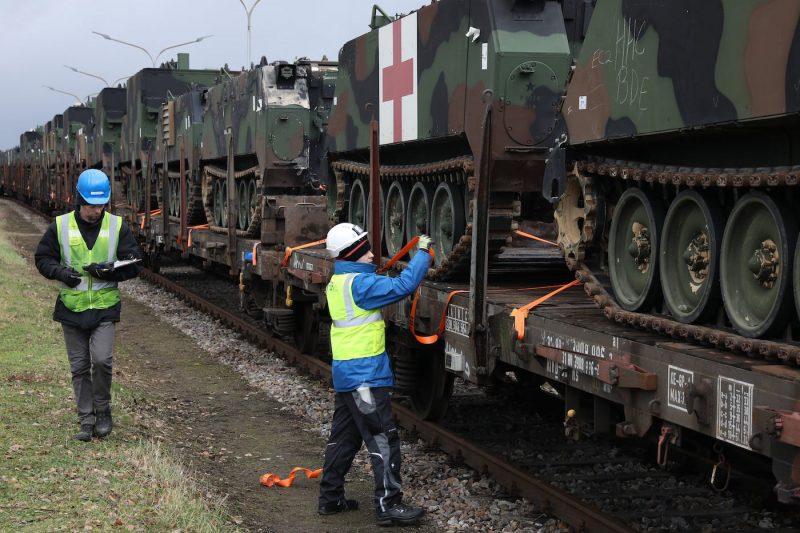
But EDI funding has been particularly important for the Army's Prepositioned Stocks.
Two years ago, "we weren't mature enough with respect to the prepositioned stockpiles to have a soldier show up at location X and be able to grab resources. Today, we can do that," Wolters said. "We know the fitness of the resources, and now we'll be able to examine the speed at which they can get to the foxhole and be able to execute."
Those stocks keep heavy equipment like tanks and critical supplies like ammunition at forward locations so troops can deploy, equip, and move to the front line.
Perna, head of Army Material Command, said last month that his command was working on another prepositioned stock to be located where Wolters and the head of US Army Europe, Lt. Gen. Christopher Cavoli, felt it was needed.
"I can envision where Defender 2020 might illuminate several things" about those stocks, Perna said. "Is it in the right place? Do we need to adjust? Do we want to set up alternate sites to keep everybody guessing about what we're doing? Is there a better place to put things for better advantage?"
"I also think coming out of Defender 20 might be a thought process of, 'Hey, we need more ... or we need different from what we have,'" Perna added.
'Shoot, move, and communicate fast'
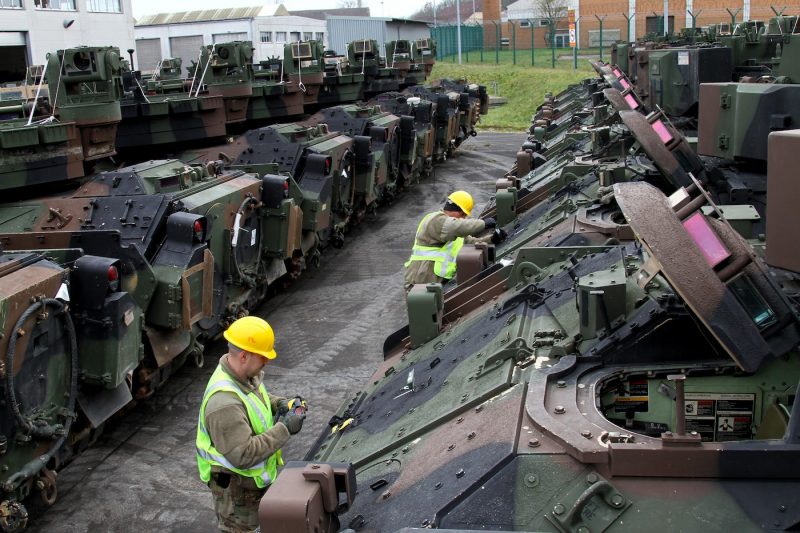
In his testimony, Wolters expressed concern about road and railways in eastern Germany, but transportation infrastructure throughout Eastern Europe has been a persistent worry.
In addition to a tangle of customs rules and transport regulations, railway sizes often vary between countries in that part of Europe, meaning delays as cargos cross borders. Roadways there are often narrow and, in some cases, can't handle heavy vehicles - a particular problem for Eastern Europe's many aging bridges.
All this would be complicated in wartime, as Russia, which used to control much of Eastern Europe, is familiar with the weak points. (Russia is "not overly pleased" with Defender-Europe 20, Wolters said.)
NATO and the European Union have also devoted resources to improving local infrastructure. NATO also set up two new commands to oversee movements like those underway for Defender-Europe 20. Joint Forces Command in Norfolk, Virginia, oversees operations in the Atlantic, while Joint Support and Enabling Command in Ulm, Germany, oversees allied armor and troop movements in Europe.
Limitations on civilian infrastructure, particularly in the Baltics and Poland, are "an issue that all of Europe was very, very aware of in the mid-'80s, and they are getting themselves reacquainted with it today," Wolters said.
"They understand the imperative of making sure that we have bridging programs in the regions in the northeast and the southeast of Europe to ensure that we can shoot, move, and communicate fast."
